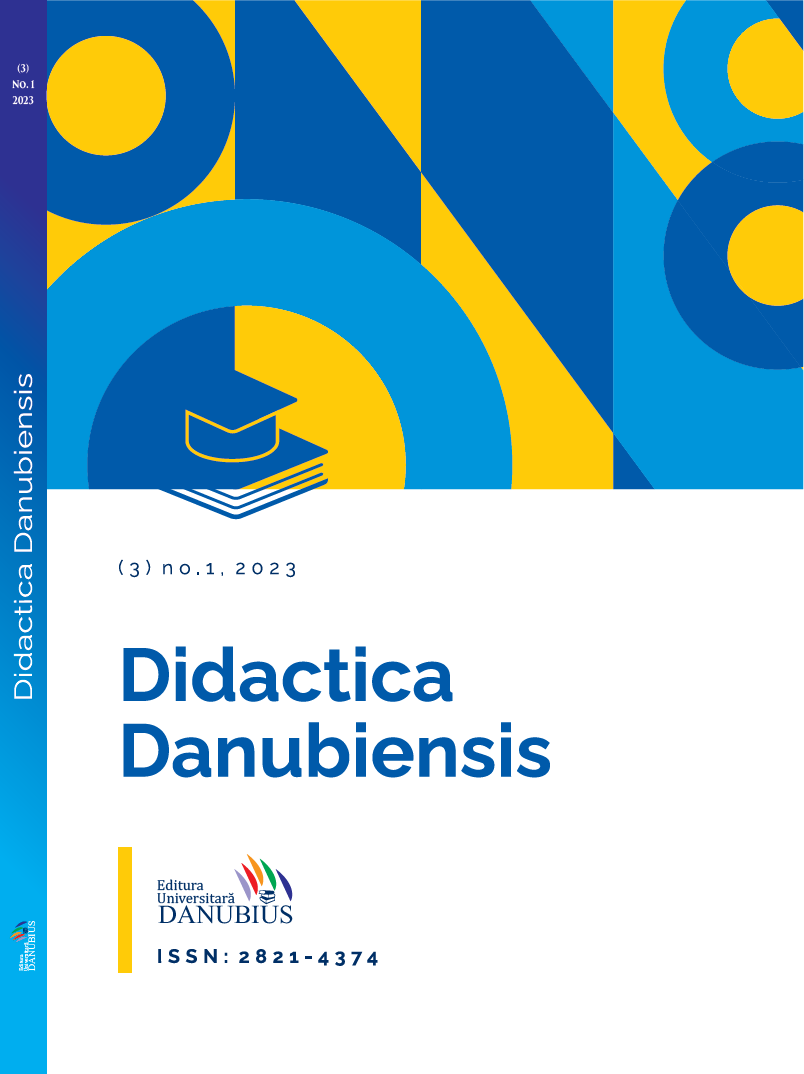Ginseng, Hypothalamo-Pituitary-Adrenal Axis and Cortisol, a Short Pubmed Approach of their Relationship
Keywords:
cocoa; chocolate; antioxidant actions; neuro-psycho-emotional actionsAbstract
Introduction. Ginseng (G) is an Asian plant used as an adaptogen, that has the ability to normalize bodily functions compromised by stress. Hypothalamic-pituitary-adrenal axis (HPA) is the main effectors of the stress response and cortisol (C) is the most used marker of stress. Materials and method. In order to highlight the relationship between G and stress, the keywords selected for analysis were G+HPA and G+C. The time periods analyzed were from 1970 to 2021. The Pubmed filters selected were: Species and Sex. Results. For G+HPA: publications with An were the most numerous and had the greatest numerical rise; reserch dynamic for the sex filter had a lower increase in time. For G+C: publications with H were the most numerous and had the greatest numerical rise; dynamic researches with HF had the lowest increase in time. Conclusions. 1) The research on the combination of the keywords G+HPA and G+C falls under the theme of the relationship between G and stress. 2) Research on animals predominated, compared to those on human subjects. 3) Research with subjects from both genders was preferred. 4) The research related to Ginseng and HPA, respectively to Ginseng and Cortisol, although numerically reduced, proves a continuously growing interest of researchers for this subject.
References
Bhattacharjee, I. & Bandyopadhyay, A. (2020). Effects of Acute Supplementation of Panax ginseng on Endurance Performance in Healthy Adult Males of Kolkata, India. Int. J. Clin. Exp. Physiol., 7, 63-68.
Brekhman, I.I. & Dardymov, I.V. (1969). New Substances of Plant Origin which Increase Nonspecific Resistance. Annu Rev Pharmacol, 9, 1, 419‑430.
Choi, K-T . (2008). Botanical characteristics, pharmacological effects and medicinal components of Korean Panax Ginseng C A Meyer. Acta Pharmacologica Sinica, 29, 9, 1109‑1118.
Hu, S-Y. A contribution to our Knowledge of Ginseng. American Journal of Chinease Medicine, 1977, 5, 1, 7-8.
Jia, L. & Zhao, Y. (2009). Current Evaluation of the Millennium Phytomedicine- Ginseng (I): Etymology, Pharmacognosy, Phytochemistry, Market and Regulations. CMC, 16, 19, 2475‑2484.
Jurcău, R. & Jurcău, I. (2018). Brief analysis of the Sport-Ginseng relationship, from the perspective of PubMed publications. Palestrica Mileniului III, 19, 4, 212-216.
Jurcău, R. & Jurcău, I. (2018). Effect of Panax Ginseng and Dong Quai Products, in Acute Physical Stress. The impact of Sport and Physical Education Science on Today’s Society, Proceedings, 129-135.
Jurcău, R. & Jurcău, I. (2018). Four Adaptogens for Sports-Eleutherococcus, Schisandra, Rhodiola, Ginseng-A Review. Proceedings of !CU. The impact of Sport and Physical Education Science on Today’s Society, 137-148.
Jurcău, R.N. & Jurcău, I.M. (2019). Eleutherococcus, Schisandra, Rhodiola and Ginseng, for stress and fatigue - a review. Health, Sports & Rehabilitation Medicine, 20, 1, 12-17.
Kim, H.G., Cho, J.H., Yoo, S.R., Le,e J.S., Han, J.M., Lee, N.H. & Son, C.G. (2013). Antifatigue Effects of Panax ginseng CA Meyer: A Randomised, Double-Blind, Placebo-Controlled Trial. PLoS ONE., 8, E61271
Lee, S.M. & Bae, B.S. (2015). Characterization of Korean Red Ginseng (Panax Ginseng Meyer): History, preparation method, and chemical composition. Journal of Ginseng Research, 39, 4, 384‑391.
Liao, L.Y., He, Y.F., Li, L., Meng, H., Dong, Y.M., Yi, F. & Xiao, P.G. (2018). A preliminary review of studies on adaptogens: comparison of their bioactivity in TCM with that of ginseng-like herbs used worldwide. Chin Med., 13, 57.
Oliynyk, S. & Oh, S. (2013). Actoprotective effect of ginseng: improving mental and physical performance. J Ginseng Res, 37, 2, 144-166.
Panossian, A.G. (2013). Adaptogens in mental and behavioral disorders. Psychiatr Clin North Am., 1, 49-64.
Ru, W. & Wang, D. (2015). Chemical constituents and bioactivities of Panax ginseng (C. A. Mey.). Drug Discov Ther., 9, 1, 23-32.
Smith, S.M. & Vale, W.W. (2006). The role of the hypothalamic-pituitary-adrenal axis in neuroendocrine responses to stress. Dialogues in Clinical Neuroscience, 8, 4, 383‑395.
Sung, W.S., Kang, H.R., Jung, C.Y., Park, S.S., Lee, S.H. & Kim, E.J. (2020). Efficacy of Korean red ginseng (Panax ginseng) for middle-aged and moderate level of chronic fatigue patients: A randomized, double-blind, placebo-controlled trial. Complement Ther Med., 48, 102246.
Todorova, V. & Ivanov, K. (2021). Plant Adaptogens-History and Future Perspectives. Nutrients, 13, 8, 2861.
Yun, T-K. (2001). Brief Introduction of Panax ginseg C.A. Meyer. J Korean Med Sci, 16 Suppl, S3-5.
Downloads
Published
How to Cite
Issue
Section
License
Copyright (c) 2023 Didactica Danubiensis

This work is licensed under a Creative Commons Attribution-NonCommercial 4.0 International License.


